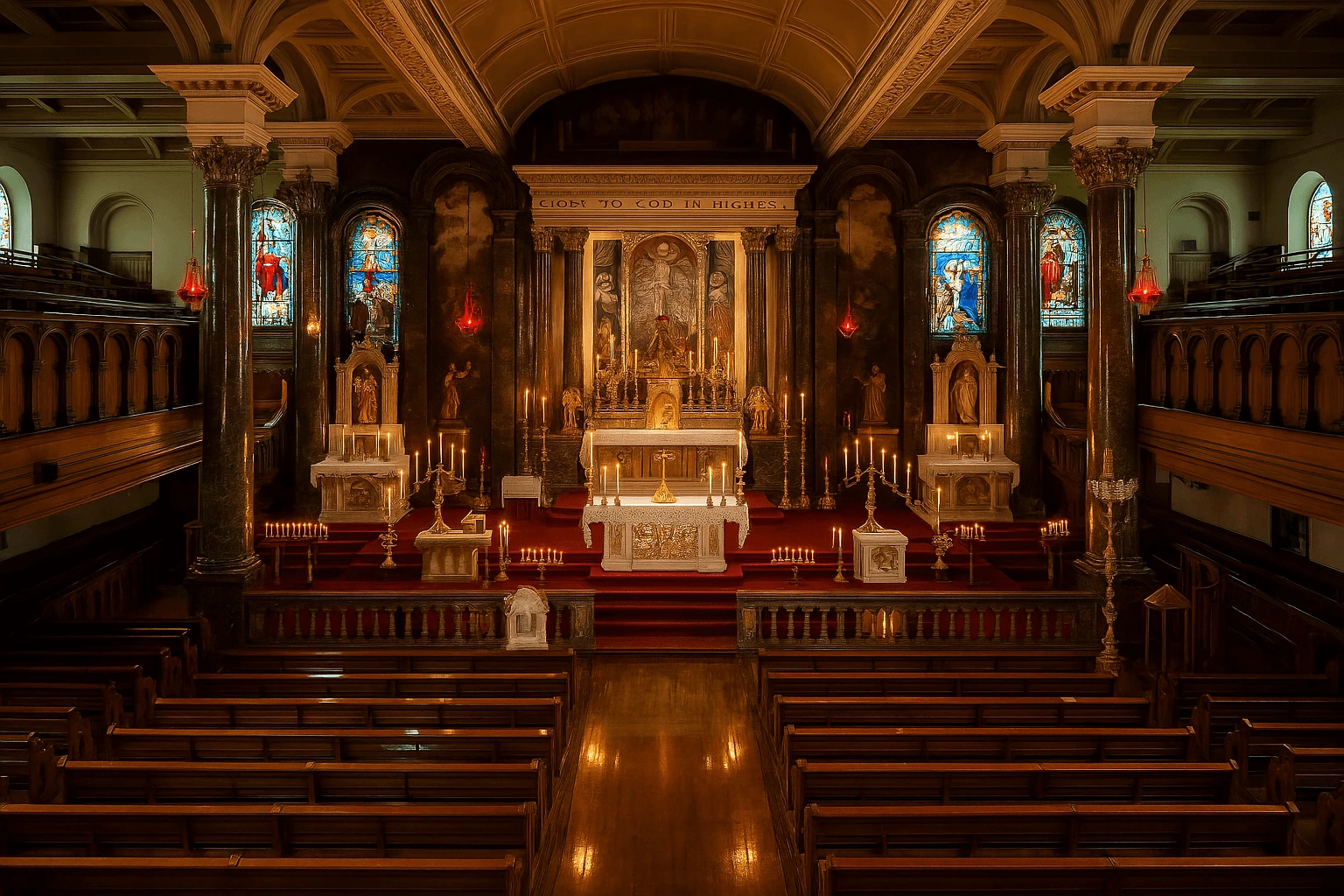
Historic Walls and Steeples: Derry's Architectural Treasures
Discover Derry's Hidden Stories
Historic Walls and Steeples: Derry's Architectural Treasures
Derry/Londonderry boasts one of the most distinctive urban landscapes in Ireland, defined by its historic city walls, ecclesiastical architecture, and evolving civic spaces. This architectural heritage not only creates the city's unique character but also narrates its complex social and political history.
The Walls: A Renaissance Masterpiece
The most defining architectural feature of Derry is undoubtedly its 17th-century defensive walls. Constructed between 1613-1619, the walls represent one of the finest examples of Renaissance military architecture in Western Europe. Unlike many walled cities, Derry's fortifications remain completely intact, extending for approximately one mile in circumference and reaching heights of up to 8 meters.
The walls were built using local stone with earthen ramparts behind them for absorption of cannon fire. Today's visitor can see the original four gates (Bishop's Gate, Shipquay Gate, Ferryquay Gate, and Butcher Gate) plus the later additions of New Gate and Castle Gate. The construction incorporated advanced military thinking of the time, with clear fields of fire and strategically positioned bastions.
Georgian Elegance
Within and beyond the walls, Derry possesses notable examples of Georgian architecture from the 18th century, when the city experienced significant commercial growth. The Customs House on Shipquay Street exemplifies the Georgian style with its symmetrical façade, sash windows, and classical proportions.
The Bishop's Palace, adjacent to St. Columb's Cathedral, offers another fine example of Georgian design, while rows of townhouses along Bishop Street demonstrate how the style was adapted for urban living. These buildings reflect a period when Derry's merchant class was prospering through trade with America
Victorian Grandeur
The 19th century brought dramatic architectural changes to the cityscape. The Guildhall, completed in 1890, stands as perhaps the finest Victorian building in the city. Built in neo-Gothic style using red sandstone, its elaborate façade, clock tower, and magnificent stained glass windows showcase the confidence of the era.
St. Eugene's Cathedral, completed in 1873, similarly reflects Victorian Gothic tastes with its soaring spire and intricate stonework. This period also saw the development of impressive commercial buildings along Shipquay Street and Ferryquay Street, many featuring decorative elements that combined classical motifs with industrial-age innovations.
Bridges Connecting Communities
Derry's bridges form important architectural statements while fulfilling crucial functions. The Craigavon Bridge, a double-decker structure completed in 1933, replaced earlier crossings and remains a key transport artery. The Foyle Bridge, opened in 1984, with its graceful curve and high clearance for shipping, represents modern engineering prowess.
Most symbolically significant is the Peace Bridge, opened in 2011. This pedestrian and cycle bridge connects the largely nationalist "Cityside" with the predominantly unionist "Waterside" in both physical and symbolic terms. Its S-shaped design by Wilkinson Eyre Architects has been interpreted as representing the handshake of reconciliation, while practical considerations ensure the structure doesn't interfere with the river's tidal patterns.
Contemporary Interventions
Recent decades have seen thoughtful contemporary architecture enhancing the historic fabric. The Millennium Forum theatre, completed in 2001, introduced a modern cultural venue with excellent acoustics while respecting its sensitive context near the city walls. The redevelopment of Ebrington Barracks into a public square and creative hub has transformed a formerly closed military space into an open civic resource.
The Guildhall Square redesign exemplifies how contemporary landscape architecture can create flexible public spaces that honor heritage while serving modern needs. The square now hosts events and markets while providing an appropriate setting for the Victorian Guildhall.
Dr. Fiona Campbell
Writer & Tour Guide
Experience the Story Yourself
Join us for a guided tour and discover the places mentioned in this article
View Our Tours